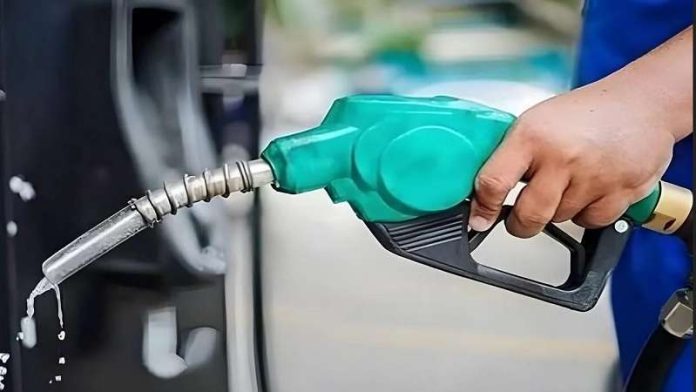In a move that could provide some relief to consumers amid rising living costs, the government has announced a slight reduction in the prices of petroleum products, effective from September 1, 2024. This marks the third consecutive decrease in fuel prices since July 31, reflecting a broader trend influenced by fluctuations in global oil markets.
Breakdown of the New Fuel Prices
The new pricing structure is as follows:
- Petrol: The price of petrol has been reduced by Rs 1.86 per liter, bringing it down to Rs 259.10. Although the reduction may seem modest, it could provide some relief to daily commuters and the transportation sector, which heavily relies on petrol.
- High-Speed Diesel (HSD): The price of high-speed diesel, commonly used in heavy vehicles and agricultural machinery, will see a reduction of Rs 3.32 per liter, bringing the new price to Rs 262.75. This decrease is particularly significant for the agriculture sector, where diesel is a key input cost.
- Kerosene Oil: Kerosene, often used in rural areas for cooking and heating, will now be priced at Rs 169.62 per liter after a Rs 2.15 per liter reduction. This could ease the financial burden on households that depend on kerosene as a primary source of energy.
- Light Diesel Oil (LDO): The price of light diesel oil has been lowered by Rs 2.97 per liter, now costing Rs 154.05. LDO is used in small-scale industrial operations and by smaller vehicles, and the price cut may offer some cost savings for these sectors.
Factors Behind the Price Reduction
The reduction in fuel prices comes in response to a decline in international oil prices. Over the past two weeks, American crude oil has dropped by 3.60% to $74.69 per barrel, while London Brent oil has seen a 2.34% decrease, now also priced at $74.69 per barrel. The global dip in oil prices has provided the government with an opportunity to pass on some of the benefits to consumers.
Earlier, government sources hinted at the possibility of this price reduction, with initial proposals suggesting a decrease in petrol prices by Rs 2.97 per liter, high-speed diesel by Rs 2.31 per liter, kerosene oil by Rs 1.39 per liter, and light-speed diesel by Rs 1.96 per liter. The final reductions, though slightly lower than the initial proposals, still represent a significant effort to ease fuel costs for the public.
Impact on the Economy and Public
The reduction in fuel prices is expected to have a ripple effect across various sectors of the economy. Lower diesel prices could reduce transportation and logistics costs, potentially bringing down the cost of goods and services. For the agricultural sector, which is a major consumer of diesel, the price cut could help in reducing the cost of production, particularly in the upcoming planting season.
Moreover, lower fuel prices could provide some relief to consumers facing inflationary pressures, especially as transportation costs are a significant component of overall living expenses.
Looking Ahead
While the current price reductions offer some short-term relief, it remains to be seen how sustainable these decreases will be, given the volatile nature of global oil markets. The government’s decision to adjust fuel prices regularly based on international trends reflects a strategy to balance domestic economic stability with global market realities.
As the government continues to monitor the global oil situation, consumers can hope for further relief in the coming months if international prices continue to decline. However, any significant rise in global oil prices could lead to adjustments in the opposite direction.
For now, the reduction in petroleum prices is a welcome development for many, offering a glimmer of hope amid challenging economic conditions.
Topics #featured #trending pakistan




